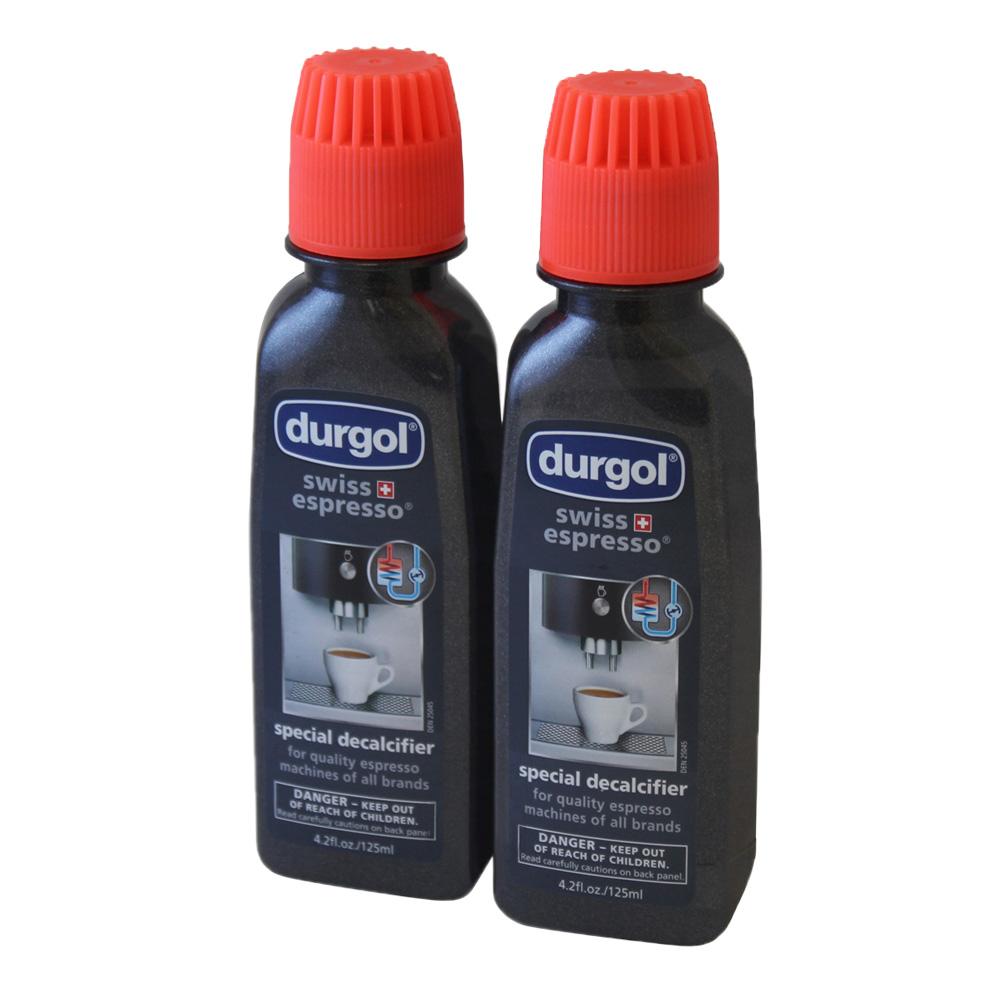Super-Automatic Espresso Machine Cleaning: How & How Often?
Fully automatic espresso machines are all about convenience—you push a button and are delivered a delicious espresso beverage in mere moments. This convenience is present when it comes time to clean your machine as well.
Most super-automatics not only give you handy reminders for when it’s time to clean and descale—they’ll mostly automate the process as well.
Because of how communicative super-autos have gotten, the best advice we can give you is to simply listen to your machine and clean it when and how it instructs you to.
However, if you want to make sure you’re keeping up with the needs of your coffee machine in between deep cleaning, we’ve got a few tips for you.
Test Your Water
If you ask Whole Latte Love techs what the #1 espresso machine maintenance issue they deal with is, they would not hesitate to respond: scale buildup.
Scaling occurs when minerals in brew water precipitate and build up in various parts of an espresso machine, primarily the boiler. Scale buildup can cause blockages and prevent your machine from brewing espresso correctly.
How hard your water is determines how much scale will build up, so it’s important information to ensure you’re taking proper care of your machine. If you don’t know how hard your water is, you should test it (don’t worry—it’s easy and relatively inexpensive).
Use Water Filters
Before we get to descaling: what if there were a way to significantly reduce (if not entirely eliminate) the frequency with which you needed to descale your machine?
There is: use a specialized water filter.
Most modern super-automatic espresso machines come with a water filter that lives right in the reservoir. If yours doesn’t, you can simply fill your reservoir with water filtered through a BWT pitcher.
$99.99
Certain filters, like those JURA makes for their super-autos, are designed to entirely eliminate the need to descale your machine (assuming you replace your filter regularly). Others significantly reduce how often you’ll need to descale.
Descaling
How often you need to descale your machine depends entirely on the hardness level of your water and the type of filter you use. With medium-hard water and no filter, you should plan on descaling every 3 months or so.
$21.99
During descaling, a cleaning solution like Durgol Descaler dissolves scale build up within your machine and keeps your valves free from obstruction.
To descale your machine, simply add a descaling solution to the water reservoir and run the descaling procedure. How to initiate this depends on which machine you have, but it should be somewhere in the main menu. Many machines, in fact, will actually give you automatic reminders to descale based on the hardness of your water.
Just make sure you remove any in-tank filters before adding the descaler to your reservoir (it will destroy your filter).
Milk System Cleaning
Cleaning espresso machines’ milk systems is just as important as anything else. How you do this, however, depends on what type of machine you have.
Gaggia machines, for example, use an auto-frothing carafe for producing milk foam, which the machine cleans automatically after each use…but you should still wash the carafe every week or so just to give it a thorough cleaning.
JURA machines, on the other hand, require you to run a cleaning program after preparing milk drinks. It’s easy to do though: you simply add some JURA milk system cleaner to the included cleaning tub, connect the line, and the machine will do the rest for you.
$27.95
Brew Group Cleaning
Similar to the milk systems, how you clean the group head of your super-auto will depend on what type of machine you have.
Gaggia machines, for example, have removable brew groups which you should take out and rinse in hot water every week or so to remove the coffee grounds that can get caked on after pulling shot after shot of espresso.
JURA machines, by comparison, have no removable brew groups. Instead, you clean them by adding espresso machine cleaning tablets to the single dose chute and running a cleaning cycle on the machine.
$69.95
You can use espresso machine cleaner tablets in Gaggia machines as well, however we recommend removing the brew group to clean it thoroughly at least once a month. In the words of one of our techs, using these cleaning tablets on a machine with a removable brew group is like “taking a shower with a wet wipe.”
Keeping Your Machine Clean
The secret to a long-lived espresso machine that continues to brew great espresso for years is to make sure it stays clean.
Luckily, most new super-autos have built-in systems to remind and instruct us for exactly when and how to do this.
Of course, if you ever need some extra assistance, we’re here for you. Schedule a Coffee Cast for some one-on-one support from one of our in-house experts. They can walk you through cleaning your machine or help you troubleshoot any other issues you might be having. The best part? It’s totally free!
 Canada
Canada

